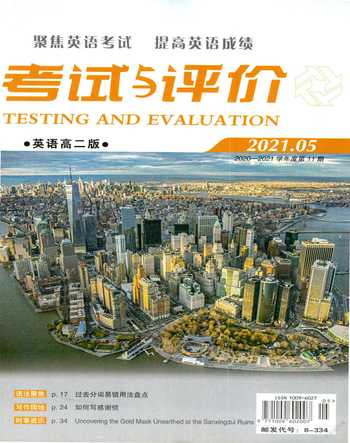An Illustrated Timeline of Inventions and Inventors in the 1880s
Kremena T. Spengler and Rick Morgan
Since earliest times, humans have tried to understand and change their surroundings. They have designed all sorts of tools to better their lives—from simple stone weapons to complex computers. Millions of inventions exist. This passage gives you a taste of some of the most interesting ones. Written as a timeline, it lists facts in the order in which they happened. Read the passage from start to finish, or dip in and out! Discover at a glance who invented what. And see how one invention often led to another.
Building Steam
In 1804, English engineer Richard Trevithick builds the first steam locomotive. In the meantime, George Cayley, an Englishman, flies the first model glider. He is later thought to be the first person to truly understand the basics of flight.
In 1807, American Robert Fulton improves the steamboat. Called the Clermont, his version opens the way for commercial steamboat travel.
In 1818, George Manby, an Englishman, invents the fire extinguisher.
In 1821, English physicist Michael Faraday invents the electric motor.
In 1826, Frenchman Joseph Nicephore Niepce produces the first photograph.
In 1824, Frenchman Louis Braille develops Braille. The system of raised dots helps blind people read and write.
Saving Time
In 1830, Barthelemy Thimonnier of France invents the first usable sewing machine.
In 1834, English mathematician Charles Babbage begins designing the Analytical Engine. The ideas behind the math machine will one day lead to the invention of the computer.
In 1838, American Samuel Morse makes improvements to the telegraph. His version, along with his communication code (Morse code), becomes the world telegraph standard.
In 1852, Frenchman Henri Giffard builds the worlds first steerable passenger airship. Its called a dirigible. In the same year, American mechanic Elisha Otis invents the passenger elevator.
Sights and Sounds
In 1864, Louis Pasteur, a French chemist, develops a process now called pasteurization. It uses heat to kill bacteria in foods and liquids.
In 1865, American scientist Thaddeus Lowe invents the ice-making machine. Food can now be stored for much longer periods of time without spoiling.
In 1866, Alfred Nobel, a Swedish chemist, creates dynamite.
In 1867, English physician Joseph Lister uses carbolic acid on wounds. The acid kills germs and reduces infections during surgery.
In 1873, the first practical typewriter is made. Designed by American inventor Christopher Sholes, it has the same letter layout as today's computer keyboards.
In 1876, American Alexander Graham Bell invents the telephone.
In 1879, Thomas Alva Edison invents an incandescent electric light bulb.
Things Seen and Unseen
In 1884, American architect William Le Baron Jenney invents a way to build skyscrapers.
In 1886, German engineer Karl Benz builds the first useful, gasoline-powered car. It has three wheels.
In 1895, Auguste and Louis Lumiere, French brothers, create the first practical movie camera / projector. In the same year, German physicist Wilhelm Roentgen discovers X-ray photography. X-rays give doctors an easy way to see inside a body.
(廣东广州 周 楠)

